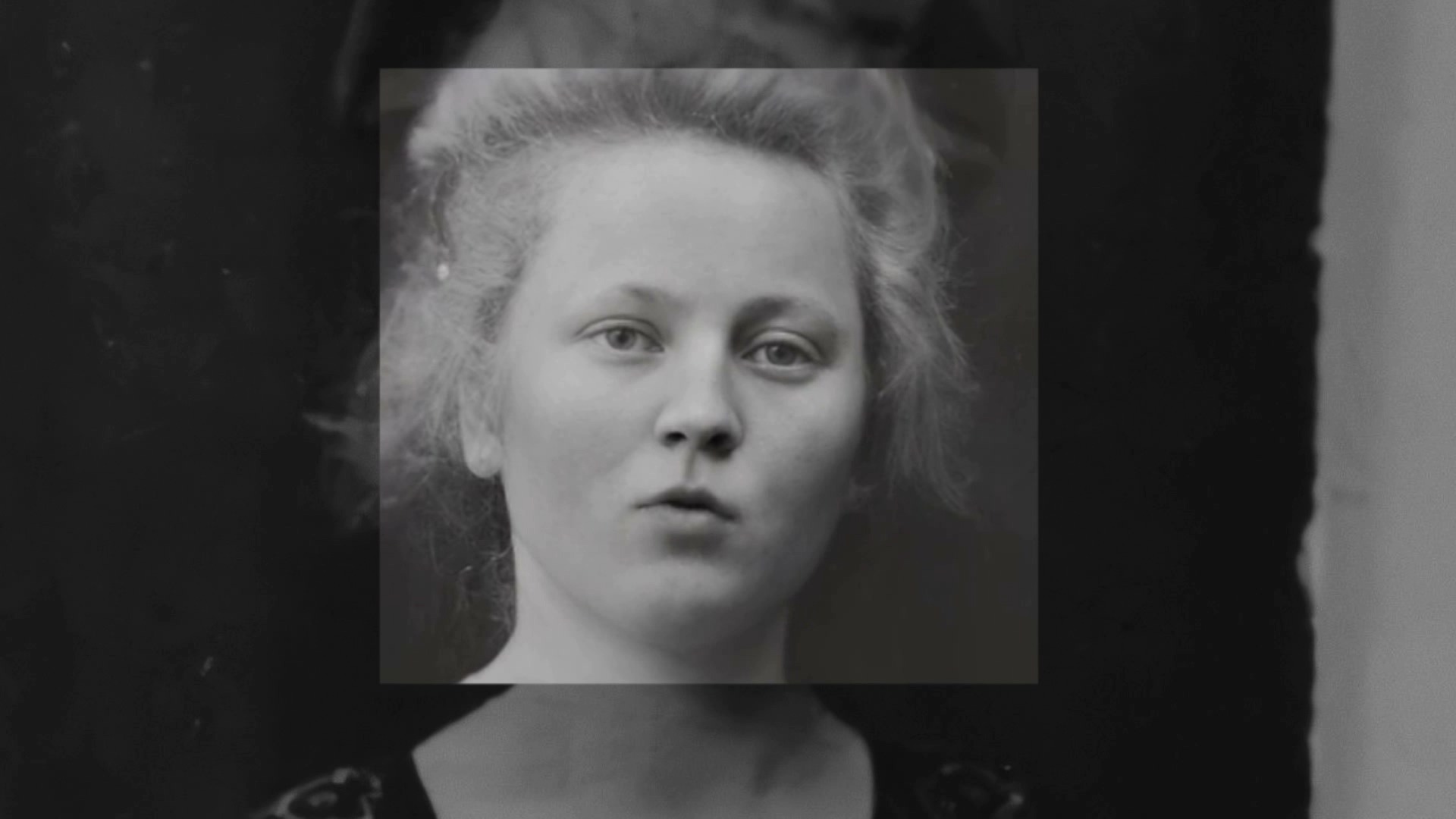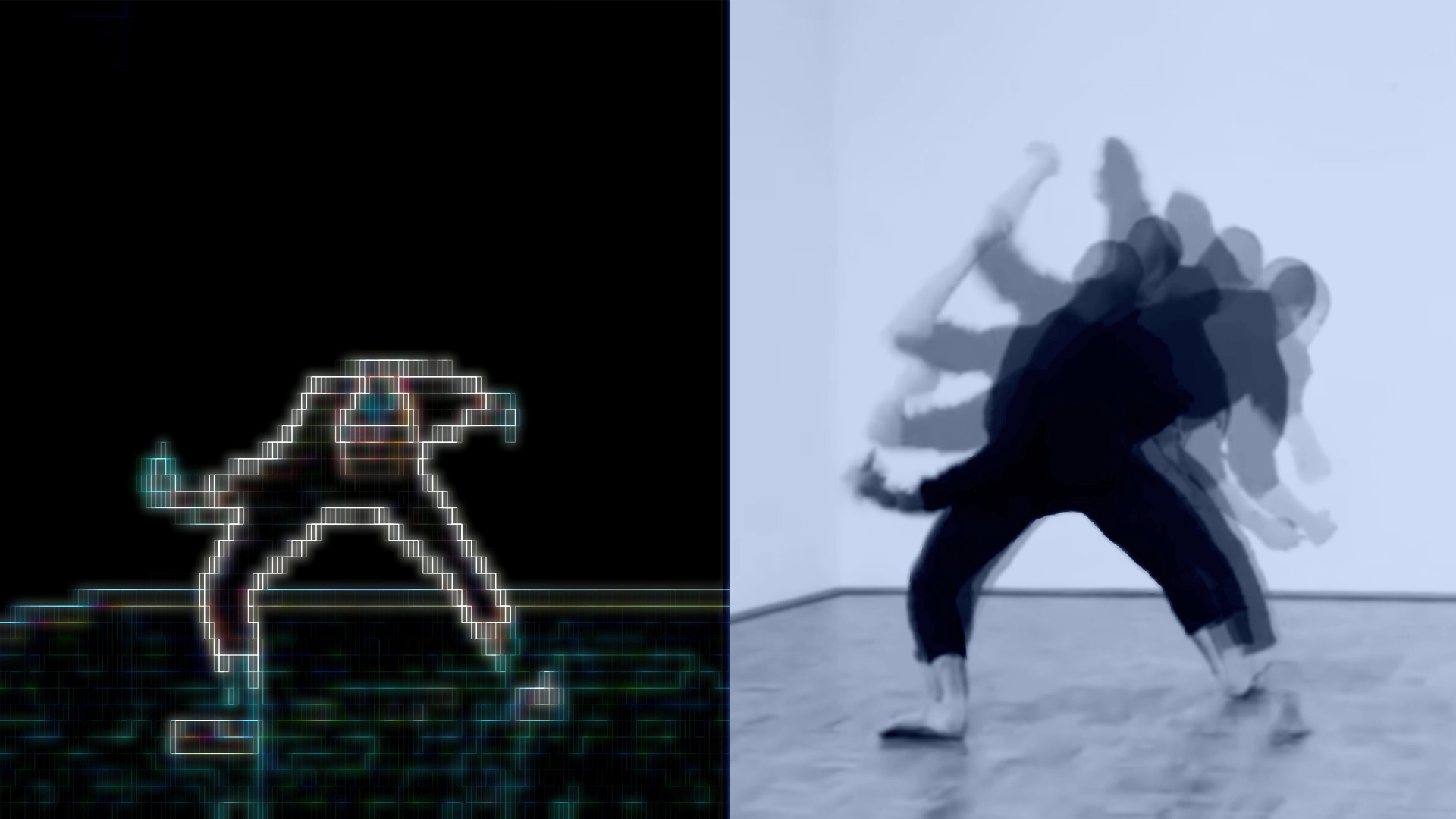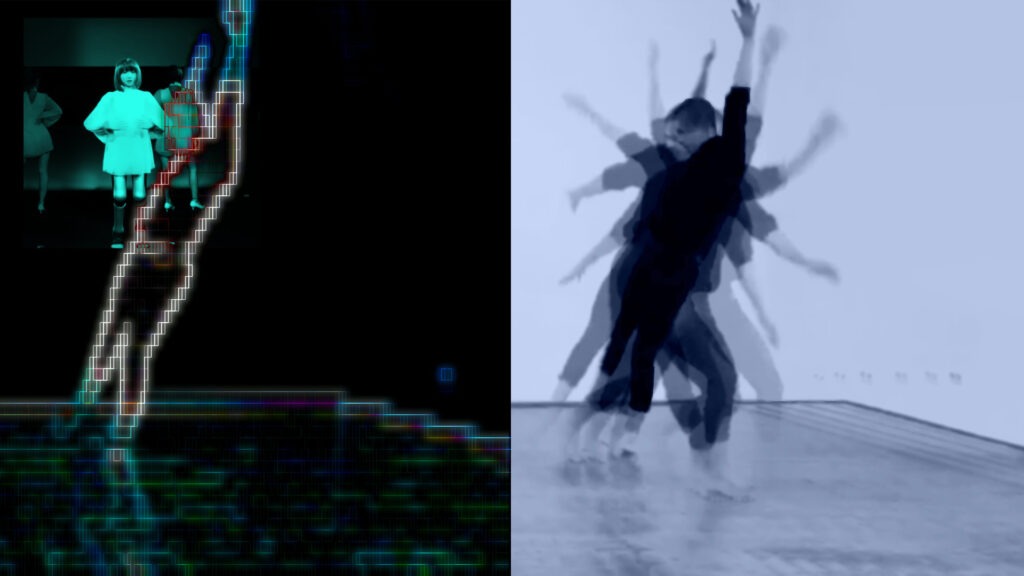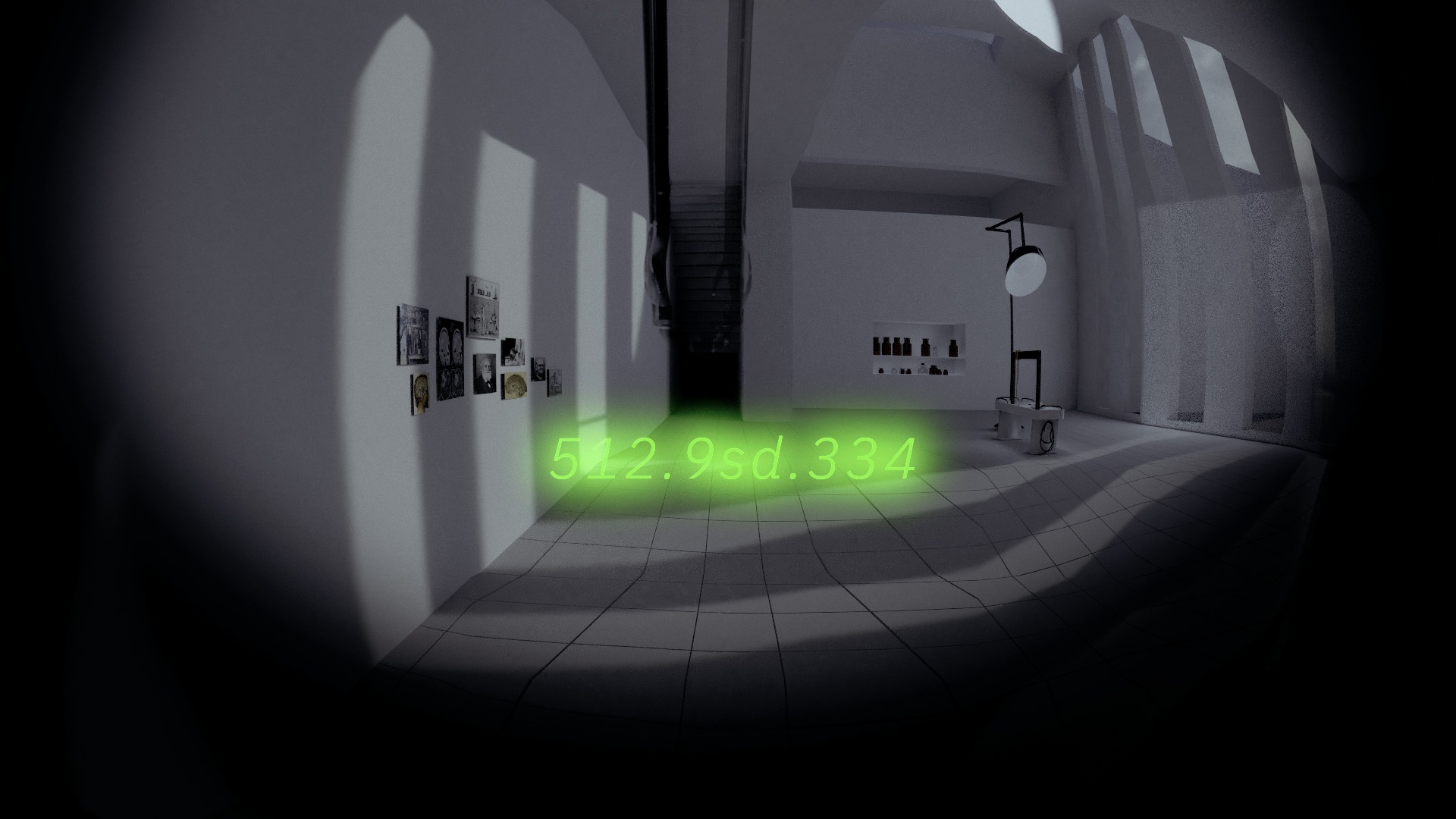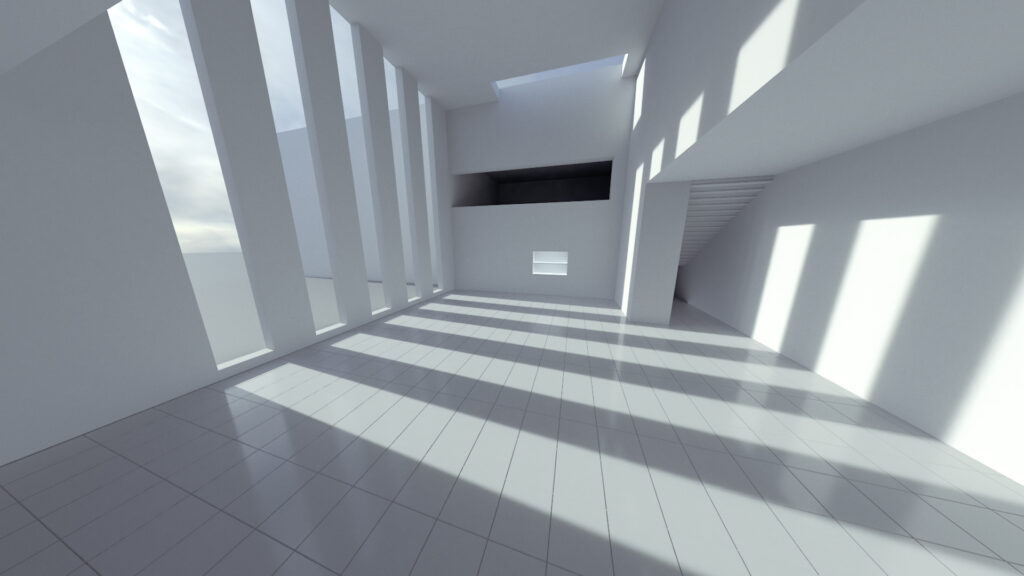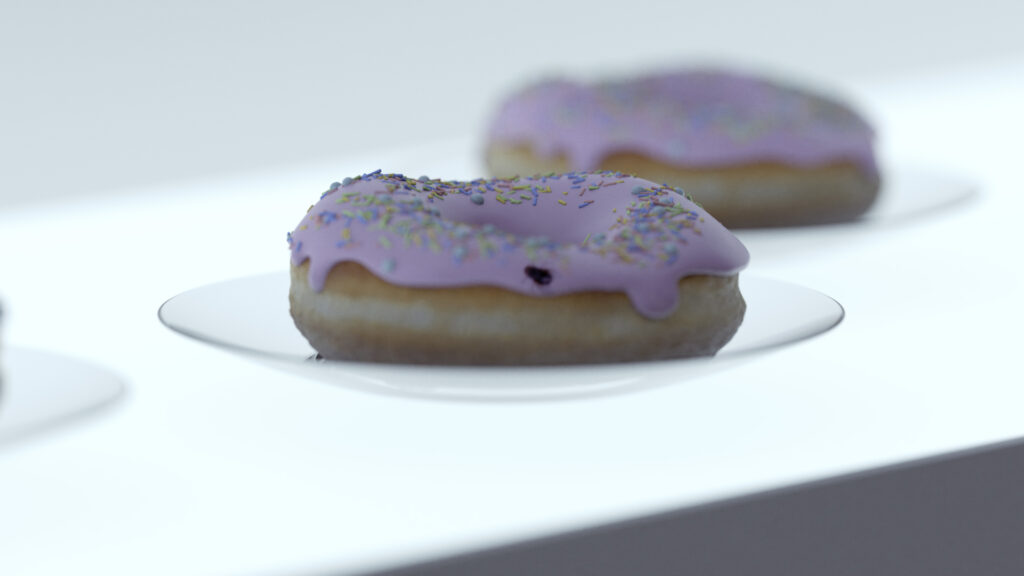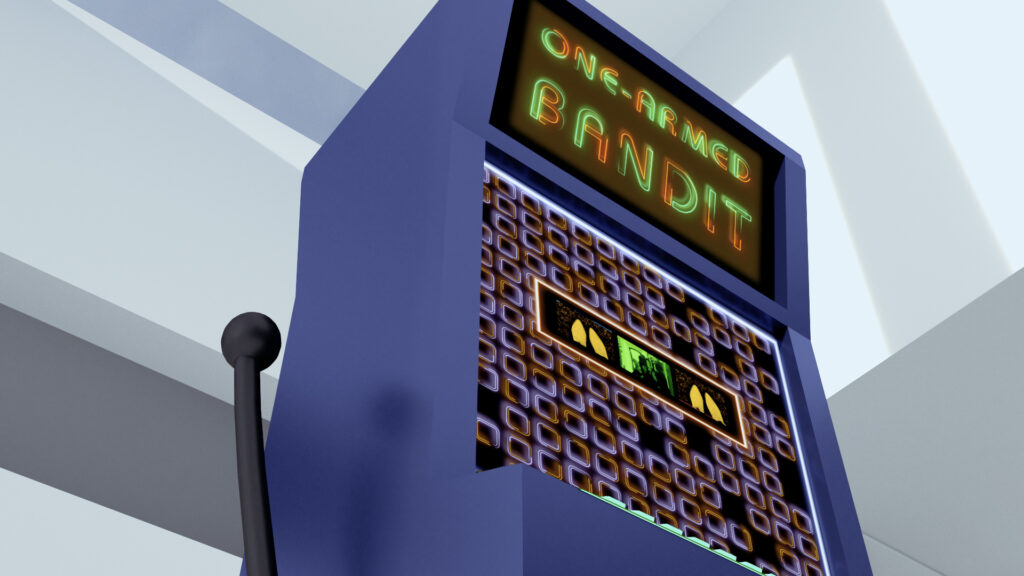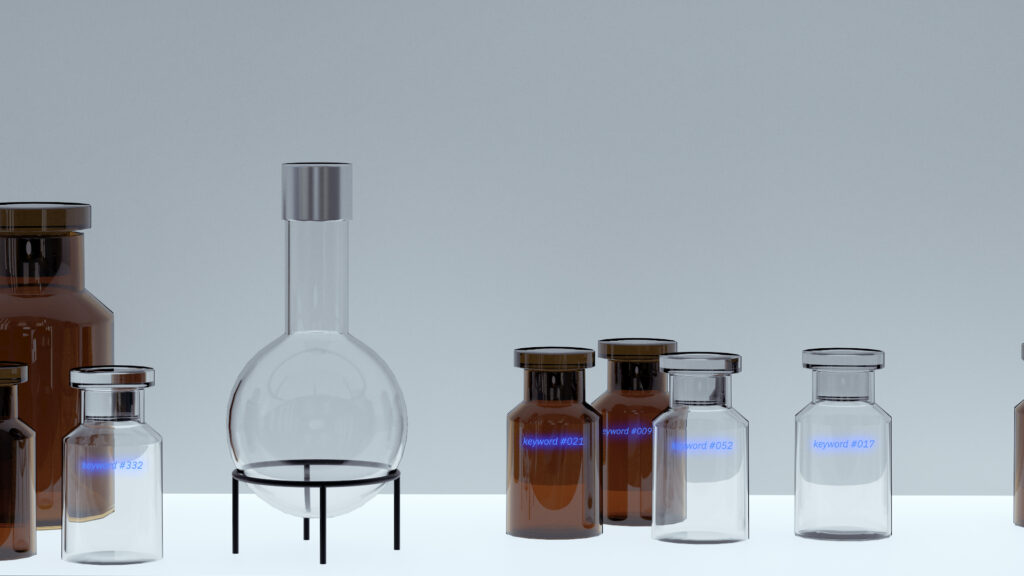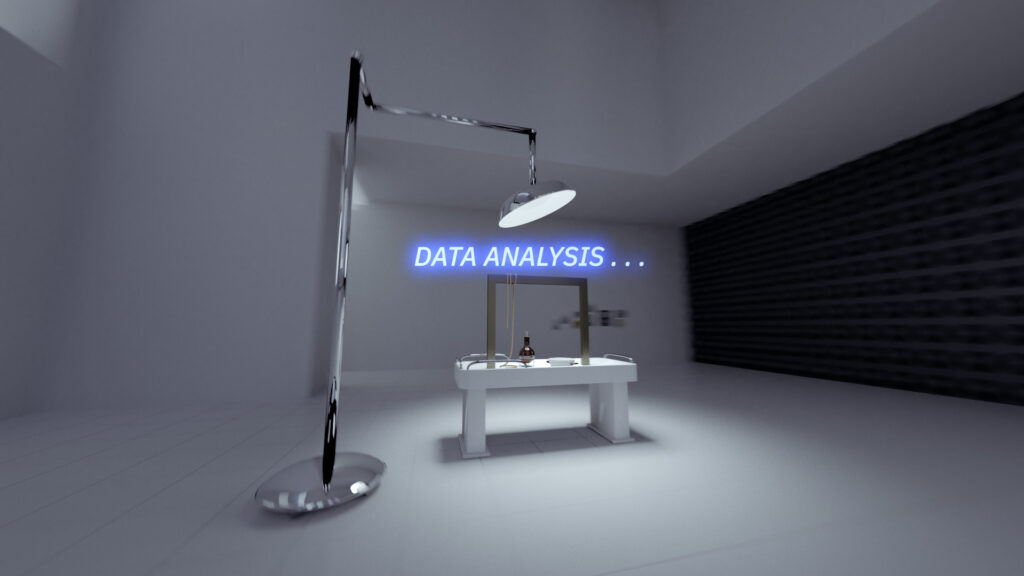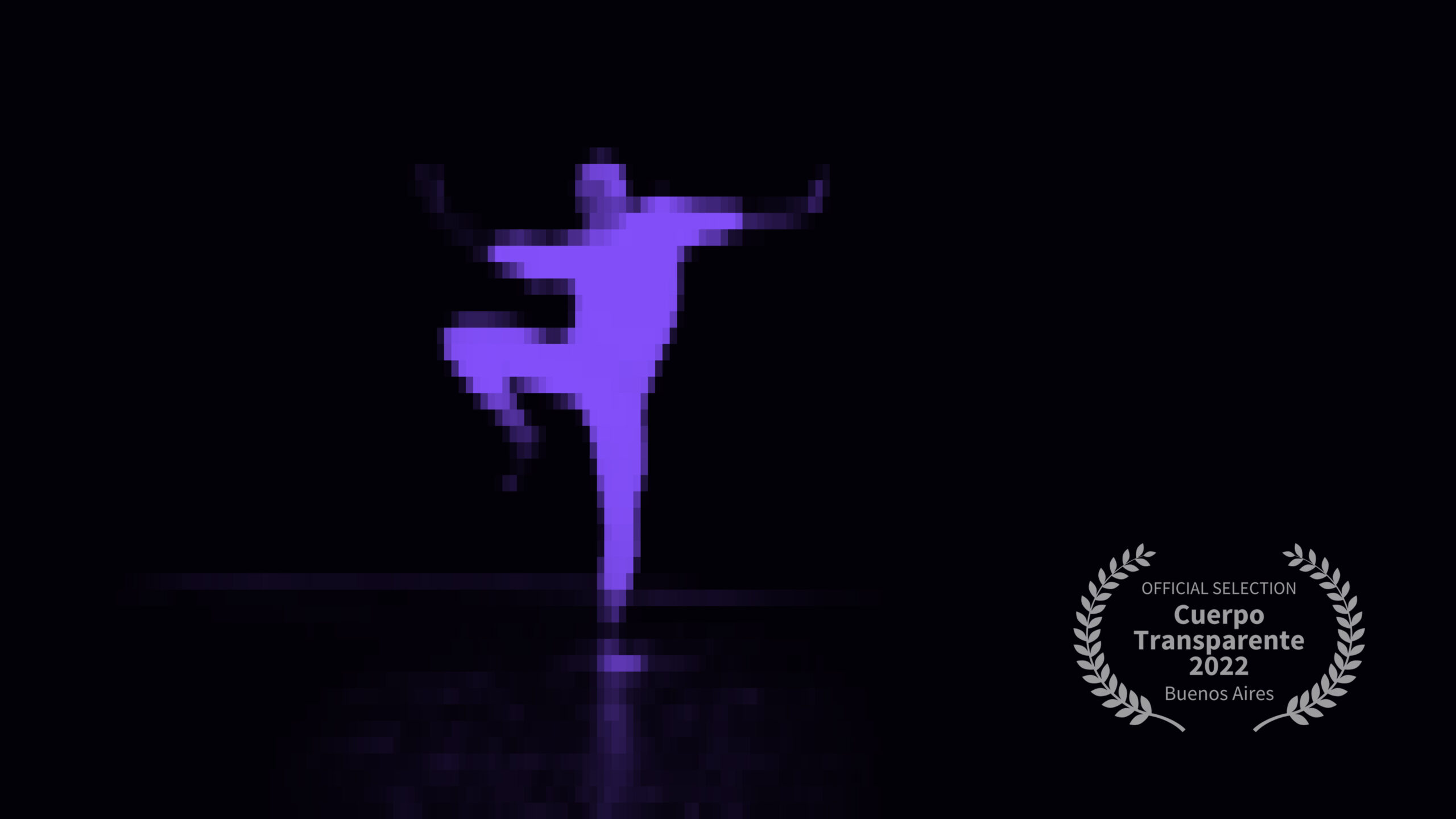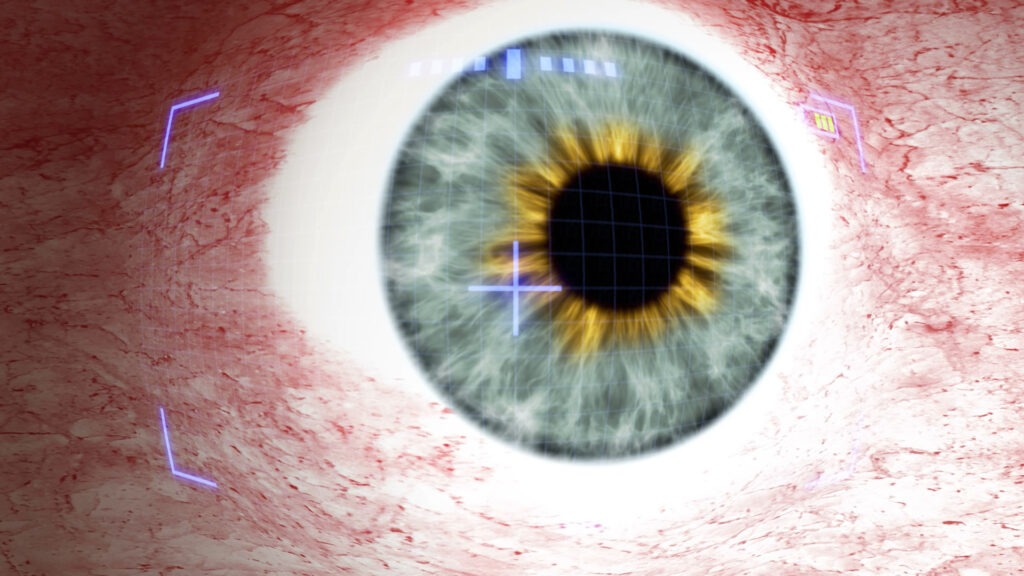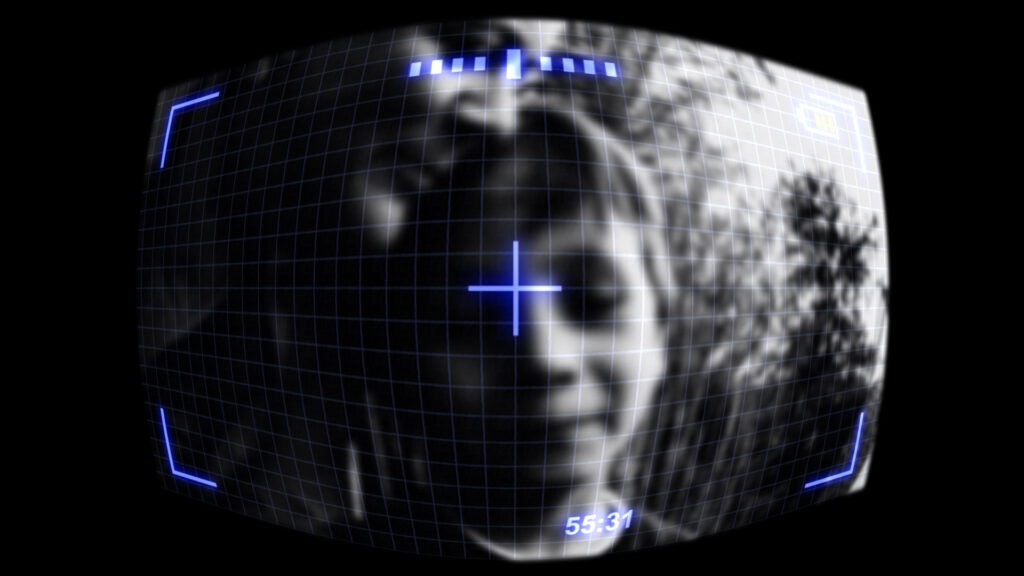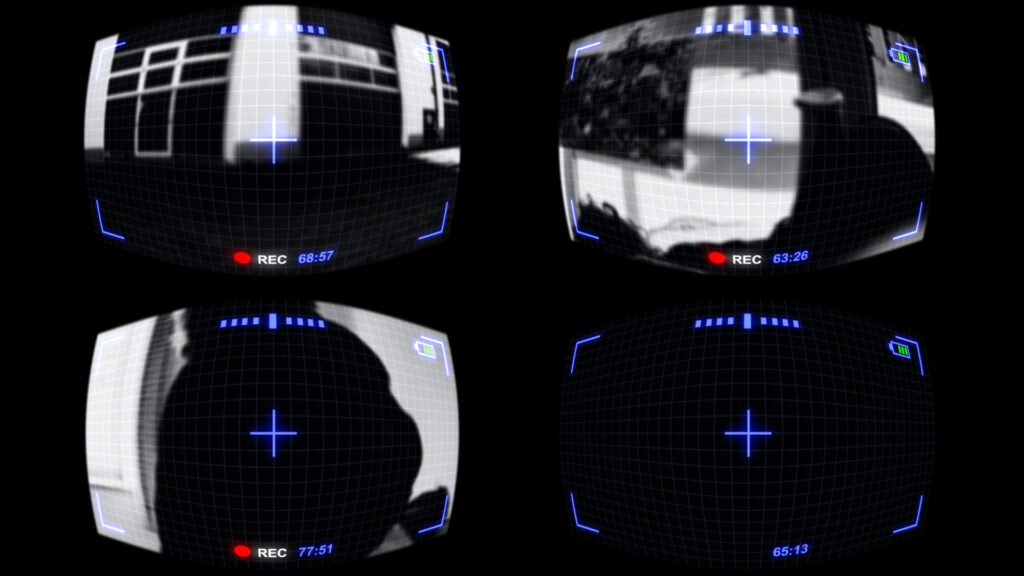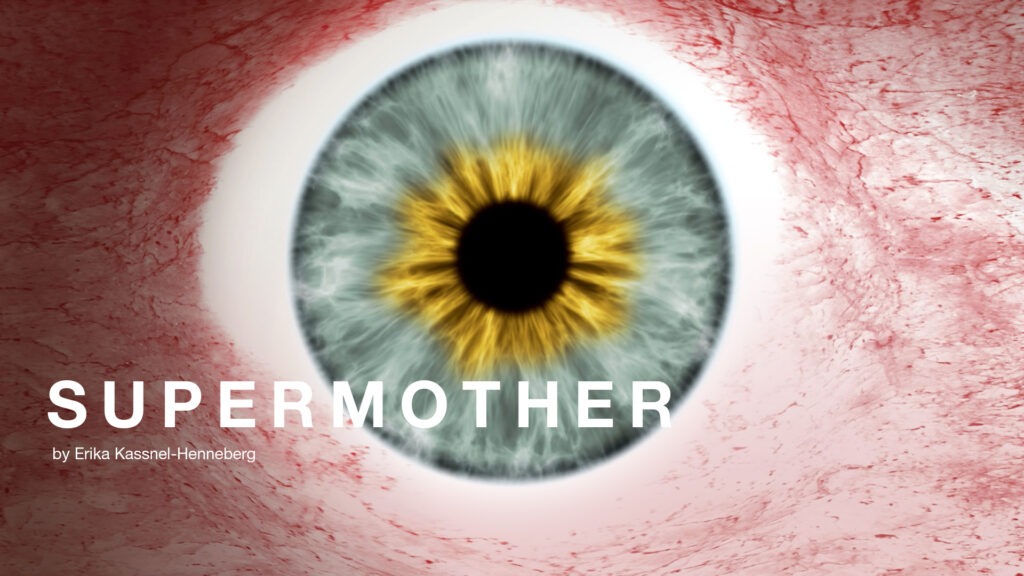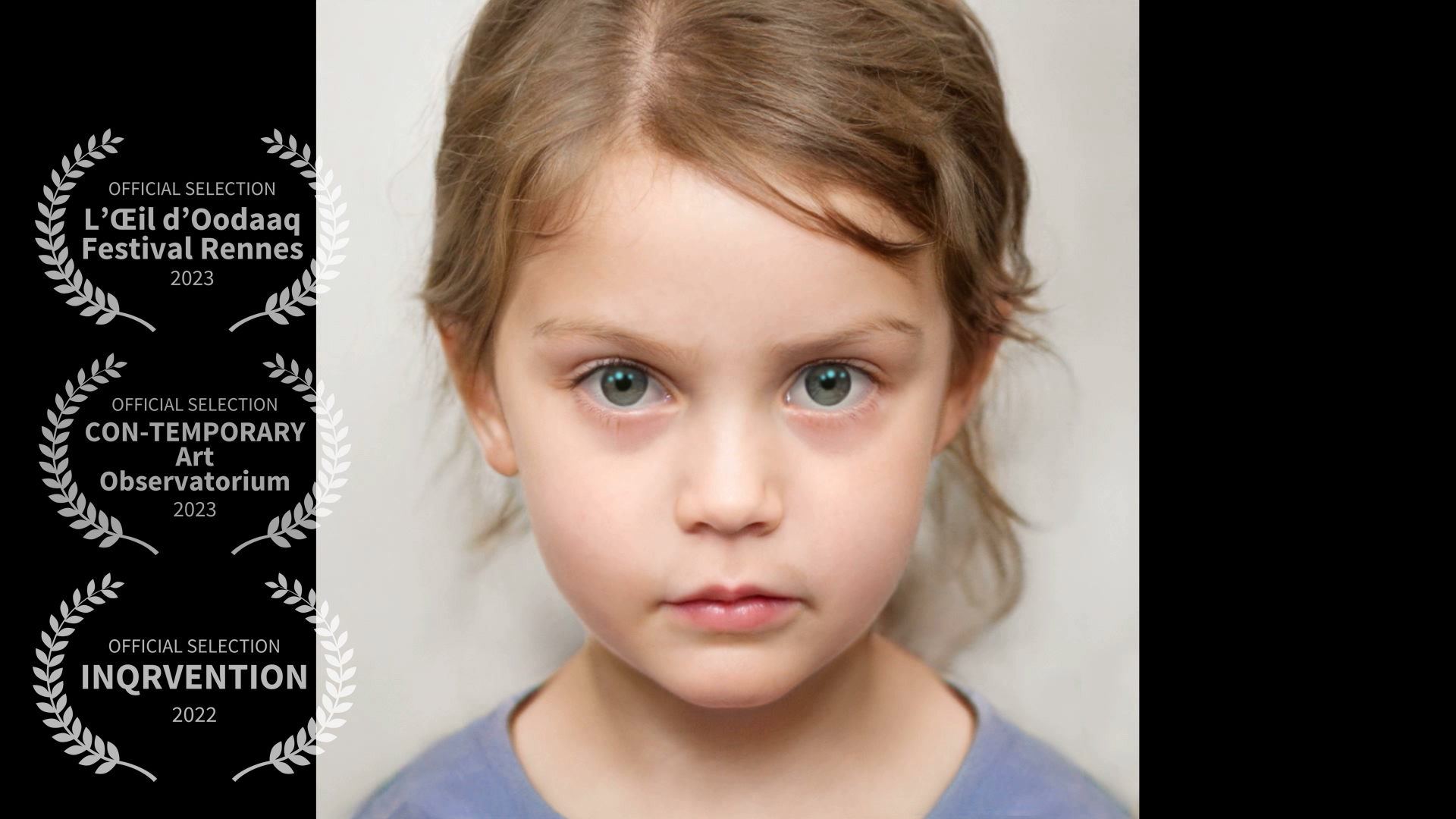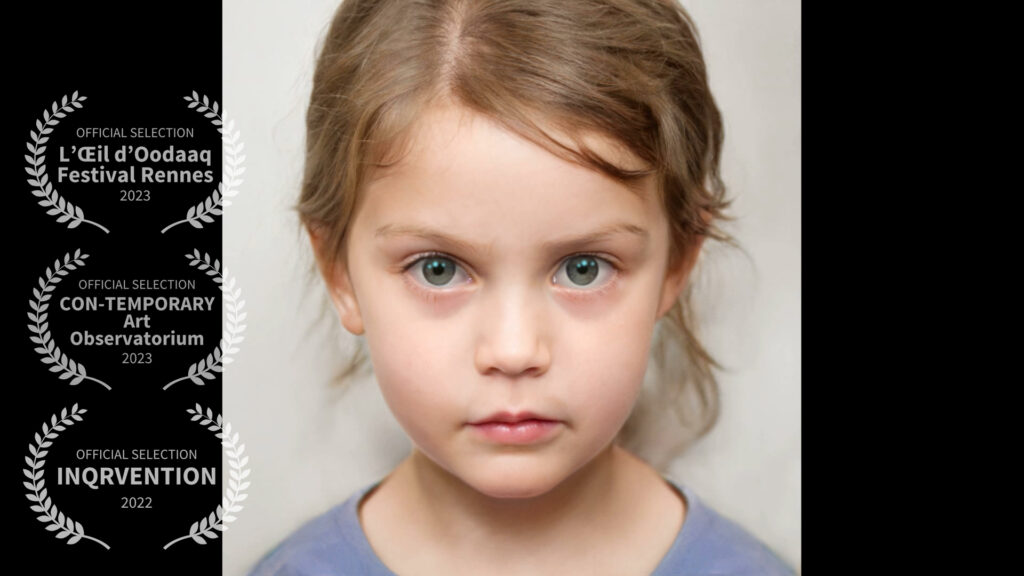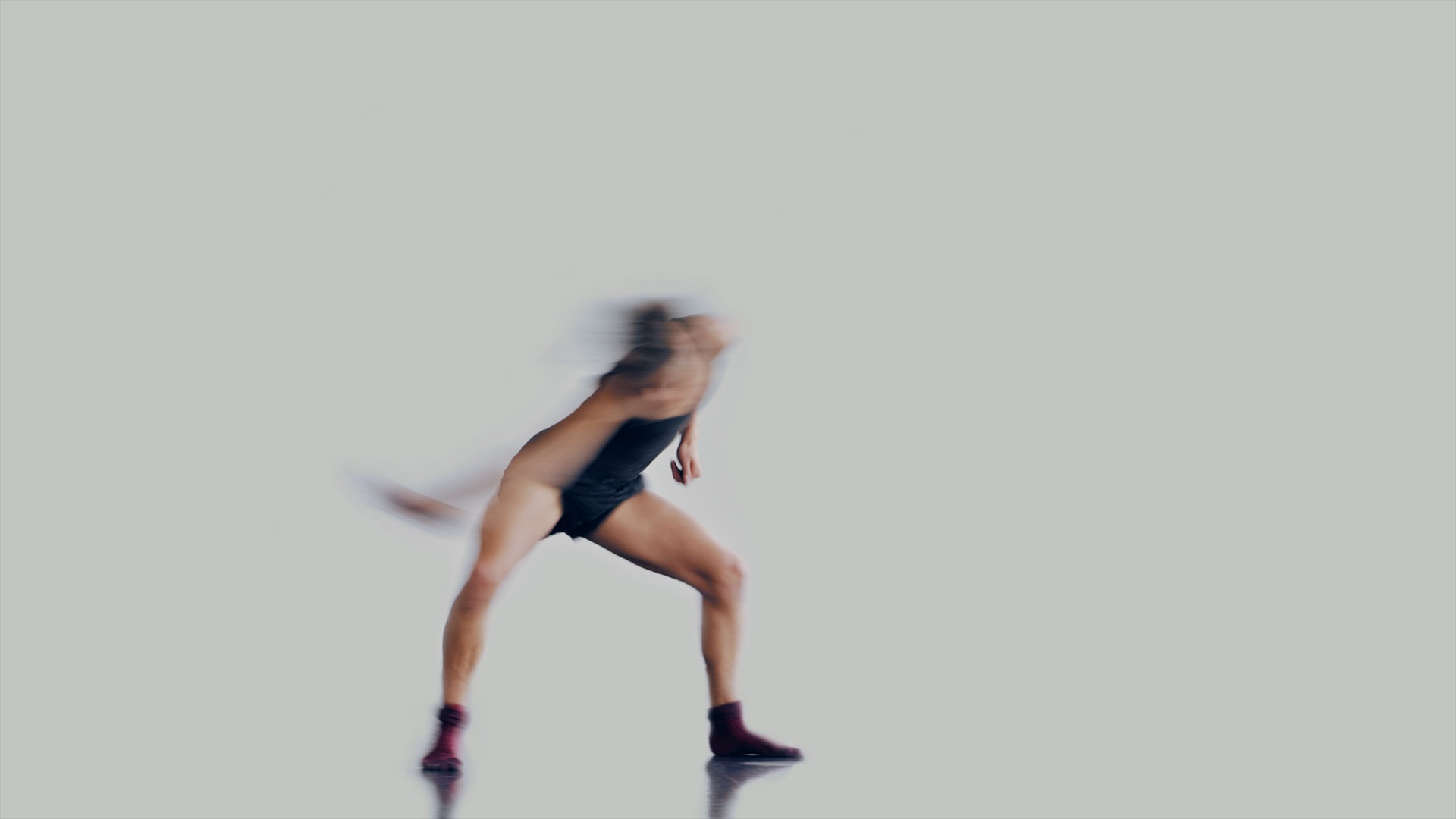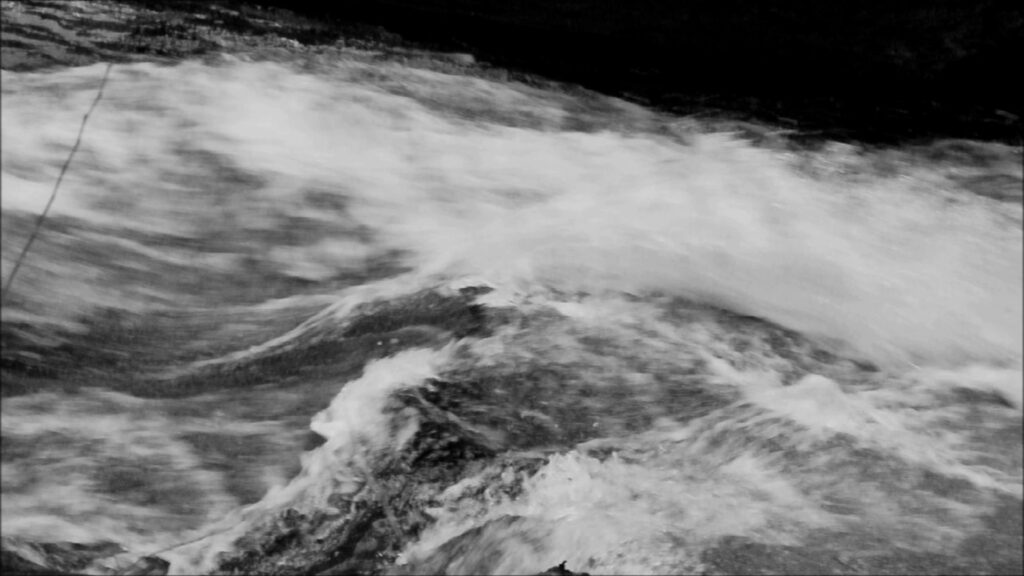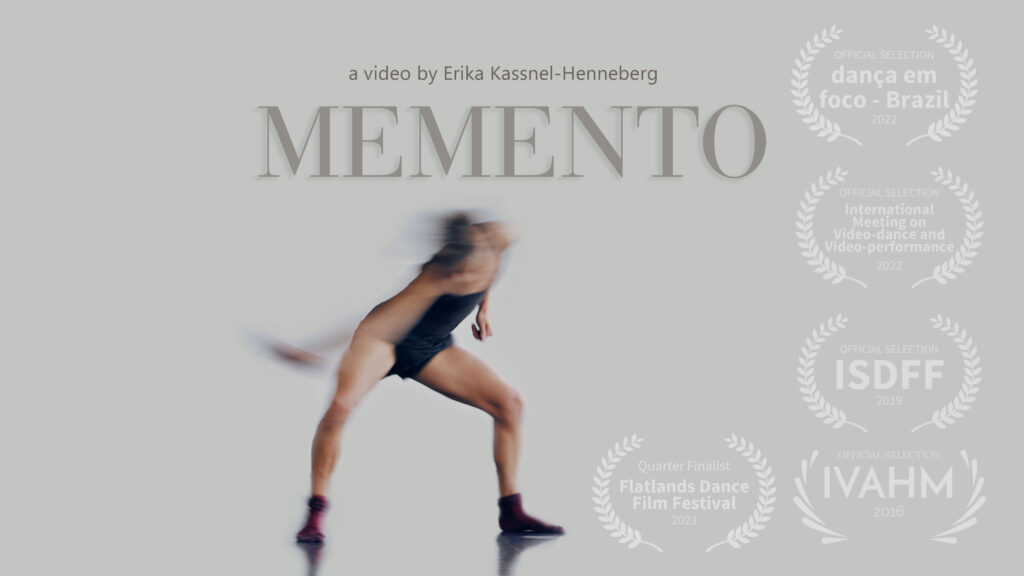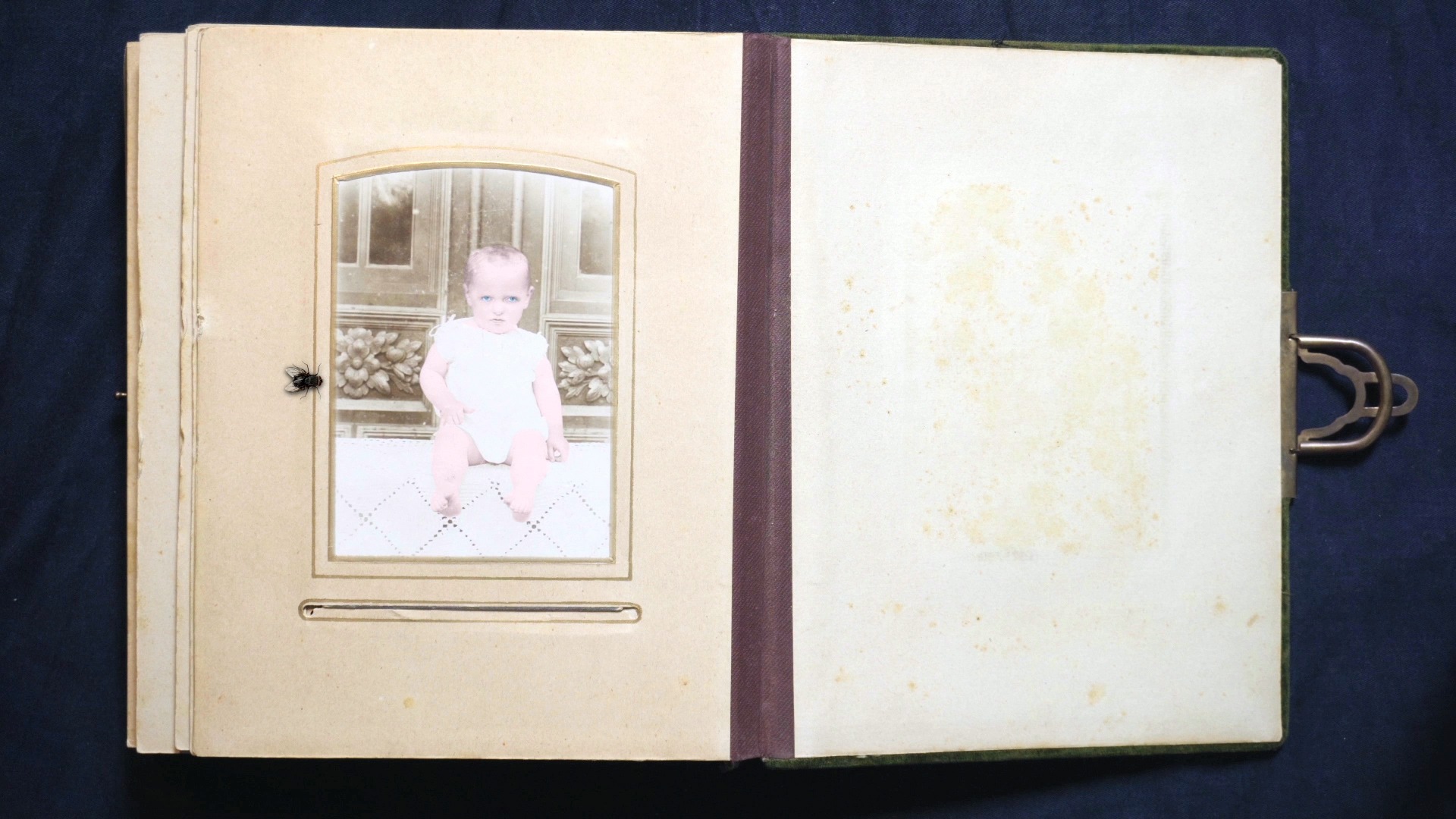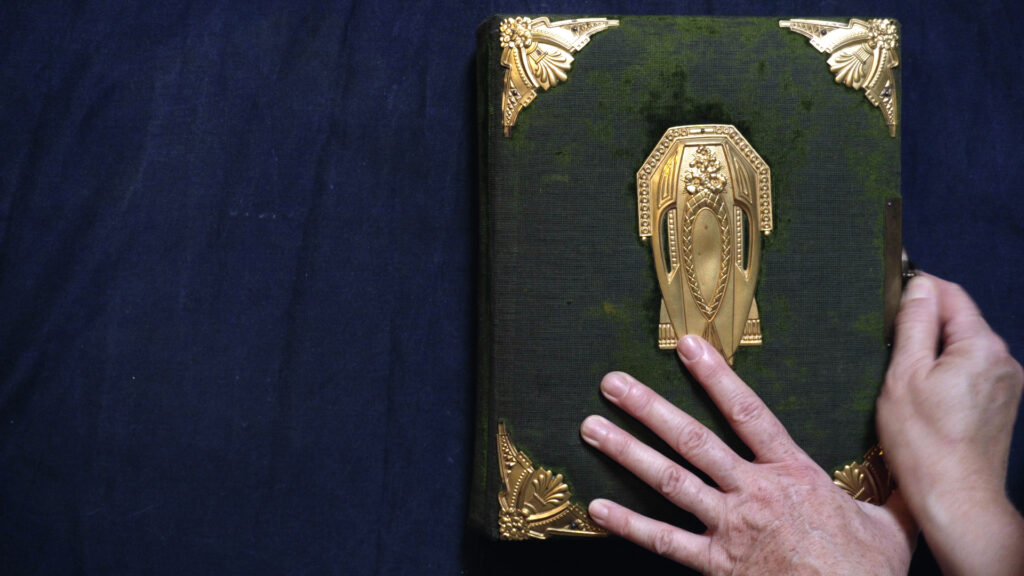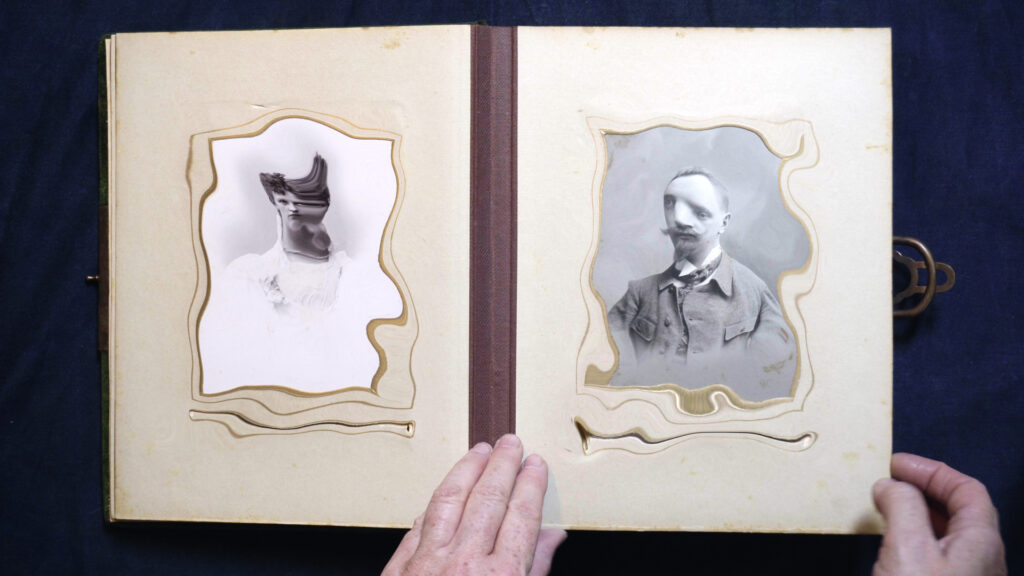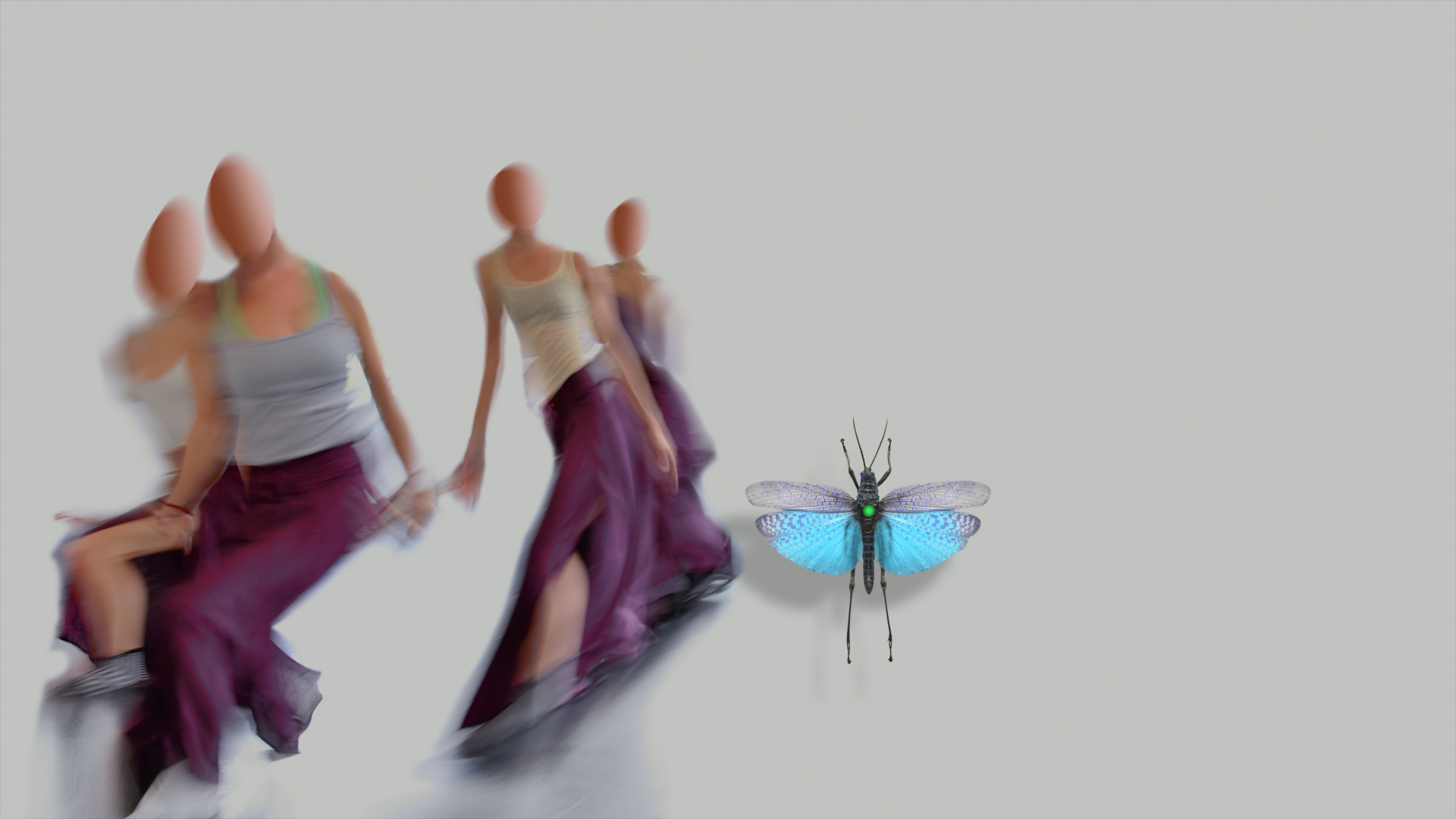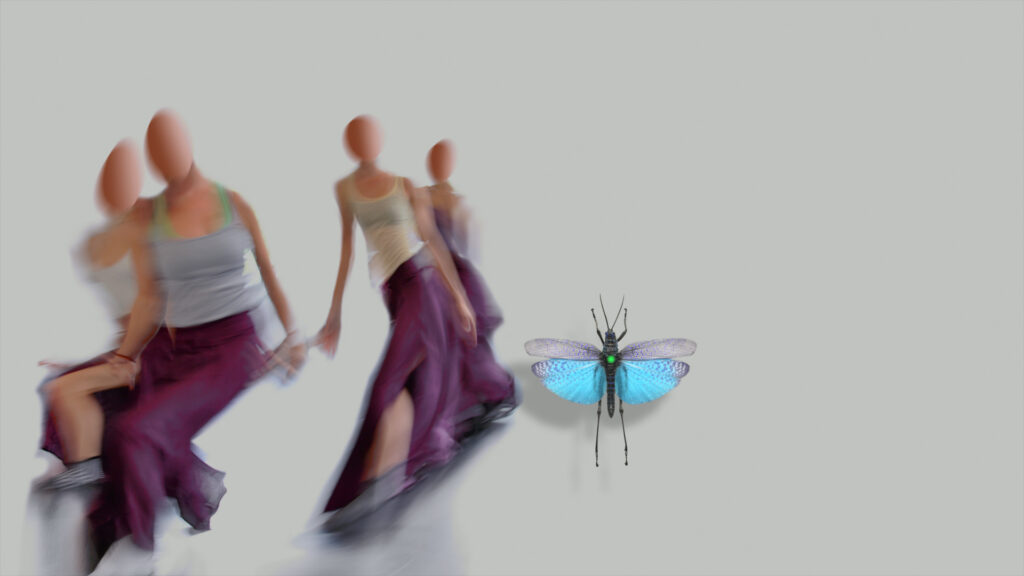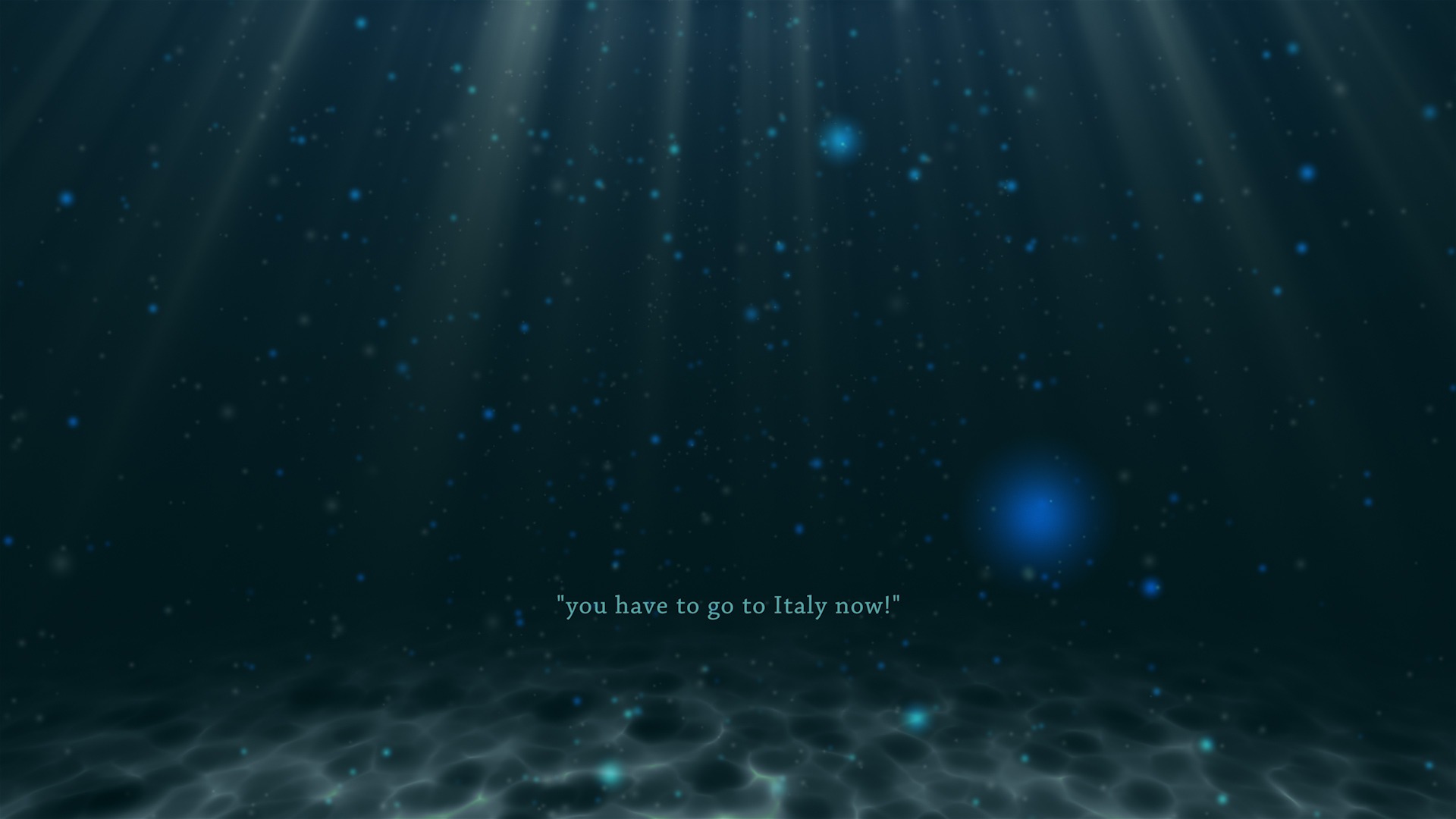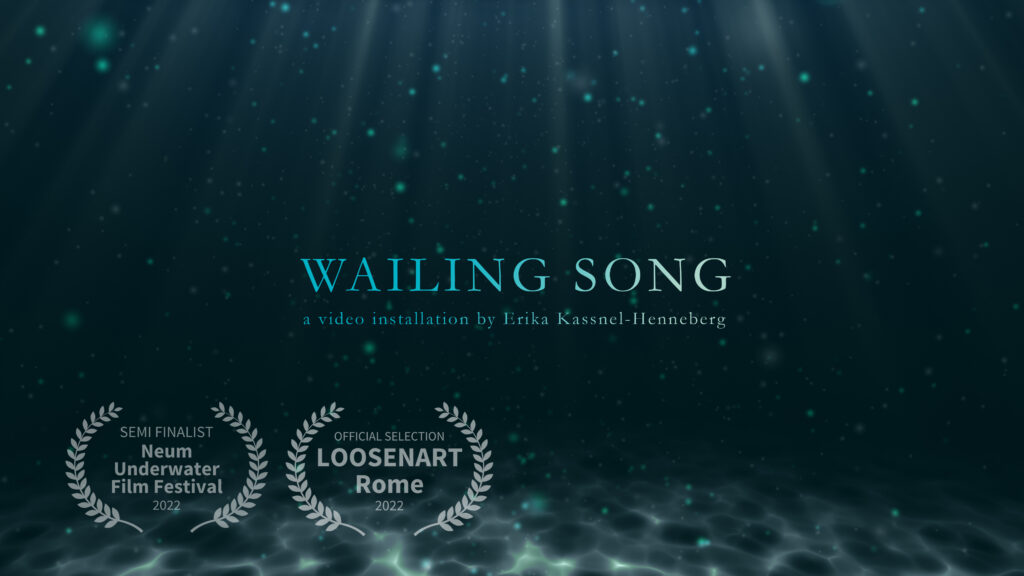

In this work, we are confronted with an old photo that has been “brought to life” with the help of artificial intelligence. Does the girl seem authentic? Do we feel closer to her? What becomes of faulty memory when it gives way to artificial vividness? Doesn’t this illusion rather contribute to forgetting the last remnants of the memory of the real person? And would “Paula” have liked what we do with her memory?
But if we think just a few steps into the future: thanks to artificial intelligence will it one day be possible to create a perfectly living, digital „me“ of a deceased person? We already leave countless traces on the internet in the form of search queries, purchases, posts from our lives – photos, videos, comments – and much more. Will this turn us into transparent puppets that ghost around the web forever? If the loss of a person is compensated for by a digital twin – what meaning will farewell, grief and pain have?
Can you imagine that the memory of you exists forever on the net as a living digital twin?
Would you like to resurrect a deceased loved one as a digital copy?
Music: AI-generated

“Paula’s” real portrait photo can be found in the work Below the Surface (Book Object).
Survey:
Would you consider bringing a photo of a deceased loved one to “life” using an AI application? Yes? / No?

